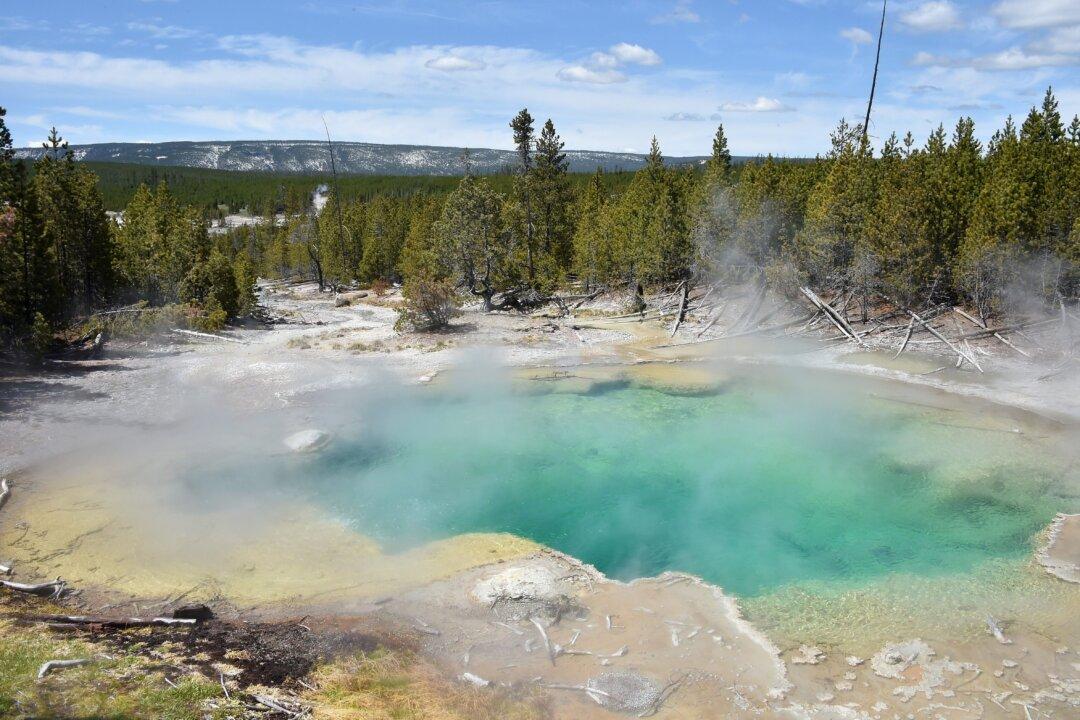Yellowstone National Park in Wyoming experienced 193 earthquakes in October, according to a report by monitoring services from the U.S. Geological Survey (USGS).
The park is home to the largest and most diverse collection of natural thermal features in the world and spans an area of 3,470 square miles, comprising of lakes, canyons, rivers, mountain ranges and the Yellowstone Caldera–the largest supervolcano on the continent.





